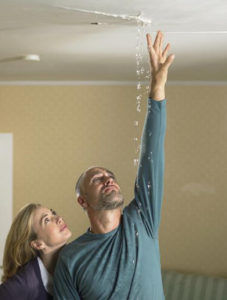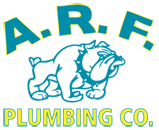There’s nothing worse than Plumbing leaks. Augh! They can increase your utility bills for no good reason, waste precious water, and ultimately destroy your home. Frustrating and unnecessary for sure… particularly because someone with a little know-how can usually track down this type of leak relatively simply and at little or no cost. So, time to expand the knowledge reservous ? Here are 13 facts every homeowner (and renter) should know about household plumbing leaks.
 Plumbing leaks are responsible for over $6 billion worth of property damage every year. That’s over 3,000,000,000,000 (yes, trillion!) gallons of waste. And that’s just in the U.S.
Plumbing leaks are responsible for over $6 billion worth of property damage every year. That’s over 3,000,000,000,000 (yes, trillion!) gallons of waste. And that’s just in the U.S.- Failing to detect or repair a leak in your plumbing can be serious. The rotting of Wood or drywall, a mold problem popping up, and even your home’s foundation could be compromised.
- On a good note, the cost to fix a single leak is relatively low, averaging about $215-320 to find and fix it, a sum which may be covered in part, by your homeowner’s insurance.
- It can be hard to track down leaks in your home. Checking your water company statement each month can help detect a problem. A water bill that is exceptionally high could be your first indication that a fixture or pipe is leaking.
- Be on the alert for hissing or gurgling noises, or the sound of running water even when no plumbing is being used. All of these may be the first signals that you have a leak somewhere. Use your ears to try to pinpoint where it is.
- Professional plumbers these days have a variety of sophisticated tools and gadgets at their disposal to help with leak detection. Interestingly enough, most of these modern tools are designed to work with the sense of hearing, for example, an ultra-modern leak detection amplifier, complete with headphones.
- If you suspect a leak, you can detect it by making sure that no water is running in the house. Then watch your water meter for a minute or two. The indicator should not budge — if it moves, that’s a sign that a plumbing leak needs repair. Next, close the water supply main shut-off valve. If the dial continues turning, the leak is outside between the valve and the meter. Otherwise, it is in your indoor plumbing system.
- Buying a new home? Be sure to have it checked for leaks before you sign on the dotted line.
- Toilets, yes toilets are the most common sources of plumbing leaks.
- Everyone in your household should be taught how to turn off the water supply in case of emergency (such as a burst pipe) — or how to get help fast.
- Your water heater is equipped with a pressure relief valve. If it springs a leak, this may not be obvious to you, because it could be plumping water straight into a drain.
- If part of your floor feels hot to the touch, take note and investigate; you just might have hot water pipe leakage right underfoot.
- A new type of smart home device has come on the market. This extremely useful piece of technology can be used to monitor what’s happening to the water in your home. By sounding off an alarm and shutting off the feed water supply when it detects a leak or frozen pipe it saves you time and money. Some models are also capable of tracking your household’s water usage data over time, allowing you to set usage goals and reduce waste.
